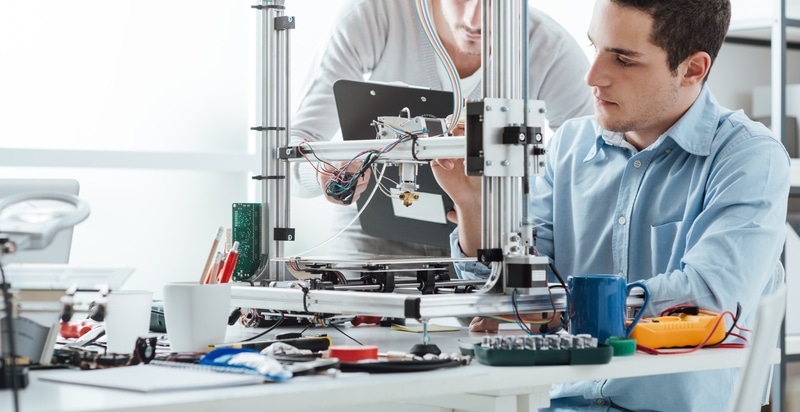Three-dimensional printing has already proven useful in a number of medical applications, including the creation of anatomical models and prosthetic devices. This rapidly expanding technology could also revolutionise some cosmetic dentistry and restorative dentistry treatments.
Dentistry and 3-D Tissue Printing
Ongoing research at Australia’s Griffith University is focusing on the use of a “bioprinter” to grow new tissue and bone from a person’s own cells.
If studies prove successful, according to an Australian Broadcasting Corporation article on the research, this 3-D bioprinter could produce replacement teeth and corresponding gum tissue. “The cells … and other components that make up the bone and gum tissue are all included in the construct and can be manufactured to exactly fit the missing bone and gum for a particular individual,” said Dr. Saso Ivanovski, a periodontist and professor with Griffith University’s Menzies Institute.
The technology could prove especially beneficial to those in remote communities. Patients could have computerized tomography (CT) scans conducted in small regional clinics; those scans could then be sent off for bioprinting, eliminating the time and cost necessary to visit a major urban center or large hospital for particular procedures.
The project was recently awarded a $650,000 grant from the National Health and Medical Research Council, and pre-clinical trials could begin within a year.
Don’t Try this at Home
Some people, however, aren’t keen to wait for medically proven (or approved) technology.
An American college student who studies digital design at the New Jersey Institute of Technology recently made news after he used a 3-D printer to create homemade dental devices in an effort to straighten his teeth. As detailed in a Washington Post article, the student checked out a number of dental texts from the library, ordered dental putty online in order to create molds of his teeth, and used digital imaging software to plot a course for the desired position of his teeth.
Based on these digital models, the student then used his college’s 3-D printer to craft a series of clear, plastic aligners that progressively shifted his teeth. Although he said he was happy with the results, a number of dental professionals interviewed for the article point out that 3-D applications in dentistry are still being tested and that such self-treatments could lead to costlier problems down the road.
In the meantime, there are a number of safe, proven treatments for bite conditions, including traditional braces, and Smilefast™, Six Month Smiles™.
If you live in Sydney and you’re interested in learning more about your options to achieve and maintain a beautiful, healthy smile, please call (02) 9686 7375 to schedule your appointment with Dr. David Lee at My Hills Dentist in Baulkham Hills.


